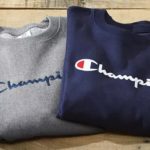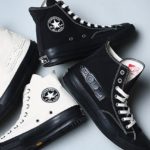We are all witnesses that streetwear, the casual style derived from skateboard and sports culture is having a moment. It’s all about comfort and is popular among people of all genders. Over the past few years, Champion clothes have become a staple of streetwear in Australia, for both women’s and men’s wardrobes.
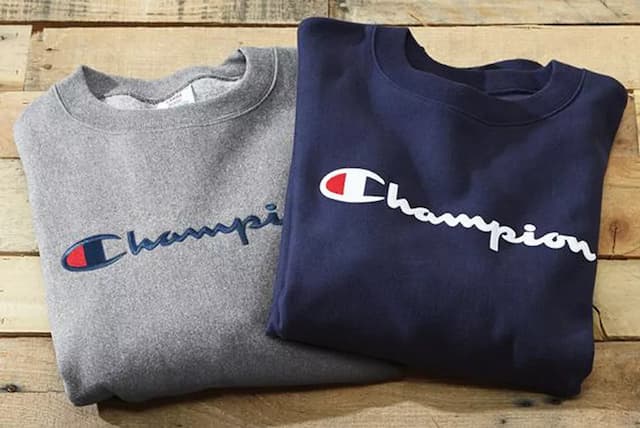
The combination of the brands high quality, reverse weave, classic design and tradition, plus our love for plush sweats, has made the sportswear brand Champion one of Australia’s favourites. Amazingly, the century-old sports apparel brand is suddenly cool again.
The Story of Champion’s Great Comeback
Since 1919, Champion has been dedicated to those who find energy and joy in sport. Today, it’s a global authentic brand offering athletes and active people the best combination of great design, technology and performance, so you choose your Champion clothes and enjoy one of the coolest brands worldwide.
Origins and Growth
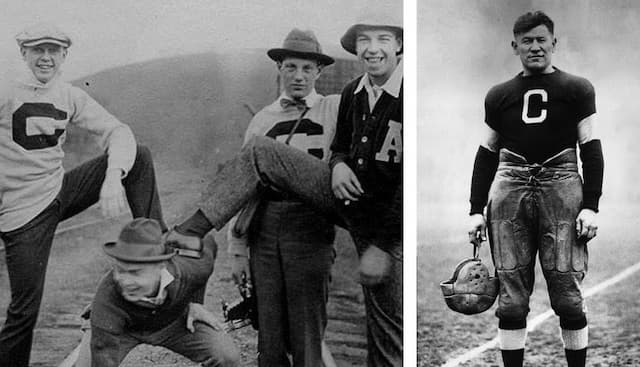
The brand was established in Rochester, New York, by Simon Feinbloom and his sons William and Abraham, under the name Knickerbocker Knitting Company. The founders have noticed the lack of high-quality clothing for athletes and focused on manufacturing comfortable and durable sportswear. They found success from selling their products to college teams like Michigan State and that’s how the brand’s popularity grew rapidly with young people and colleges.
In the ‘30s, the Feinbloom brothers changed the company’s name to Champion Knitting Mills Inc. Over the years, the company changed its name two more times. In the 1950s, it was called Champion Knitwear Company and in 1967 it finally got its current name – Champion Products. In the ‘60s and ‘70s, Champion made important partnerships with the National Collegiate Athletic Association (NCAA) and the National Football League (NFL), which increased their exposure and doubled sales in a matter of years.
Innovations and Success

The brand’s success in the sports industry was determined by its high-quality products and innovations. In the ‘30s, the company created a historical invention that would change fashion as we know it today. They created the hoodie, which served as highly efficient sportswear for athletes in colder regions. However, it quickly went from sportswear item to streetwear hero and became one of the most popular garments of our time that hardly anyone questions its origins.
After the success of the hoodie, it didn’t take long until they pioneered and patented the reverse weave technology. In 1938, Champion introduced a knitting method that protects clothes from shrinkage and heat and it remains the brand’s signature technique. These two innovations established Champion as a sportswear industry leader in the USA, but it didn’t stop there.
In the ‘70s, Champion introduced double-sided or reversible t-shirts to the sportswear industry and invented breathable mesh fabric that became the standard for basketball uniforms worldwide.
In 1977 Champion developed the first comfortable, supportive jogging bra for women, revolutionising women’s approach to sports. In the ‘90s, the brand was selected to produce all the National Basketball Association (NBA) uniforms and created the Olympic Basketball Dream Team jerseys in 1992. Champion’s innovative designs changed the sports industry for good and the brand held the world’s attention, but not for long.
Fading Glory

In 1989, Champion was bought out by Sara Lee Corporation, which was mainly focused on food, but wanted to expand its reach in the apparel industry as well. They invested in expanding and distributing the brand and gave it a boost, however, it had become a small cog in a large machine. By the end of the ‘90s, Champion’s popularity started to falter as Sara Lee returned their focus on the food and sold a portion of Champion, Champion Europe.
In the 2000s, Champion’s contract with the NFL, their longest-standing collegiate sponsorship, ended. Champion was left on the margins and lost the abundance of resources and capabilities they once had. It was the time when Champion has gone from an athletic brand to a brand commonly found in grocery stores and people lost interest. Their downfall was a result of a series of bad business decisions and it was hard to believe they could climb back to relevance.
The Comeback
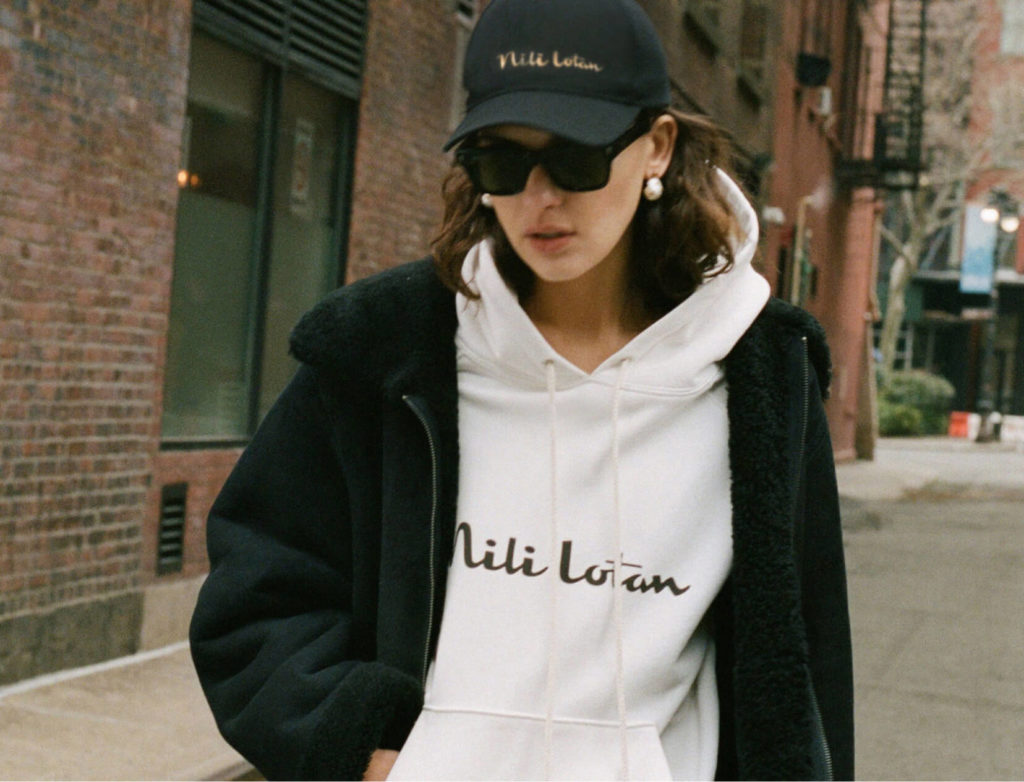
By 2006, Sara Lee Corporation was fully invested in the food industry and announced Hanes Brands Inc. as the new parent company that would contain all of its clothing brands. In 2016, they reacquired the brand’s European rights and later on, they bought back the Japanese edition, which helped to shore up their international image.
By 2018, business was better than ever because, over the past decade, Champion has collaborated with various designers and brands, creating premium streetwear collections with unique brand-specific twists. These collaborations and strategic marketing efforts made Champion relevant again, turned it into a premium streetwear brand, and moved it from the clothing sections in various discount stores.
At the time of their comeback, vintage wear and athleisure were trending in the market, and still are, however, it was a good reason for Champion to take a step back into the archive and celebrate the early days of the brand with vintage visuals and techniques. The logos are applied using traditional flocking, a method Champion used back in the day. The Champion logo was designed in the 1950s. The signature red, white and blue “C” was and remains a symbol of quality and authenticity.

